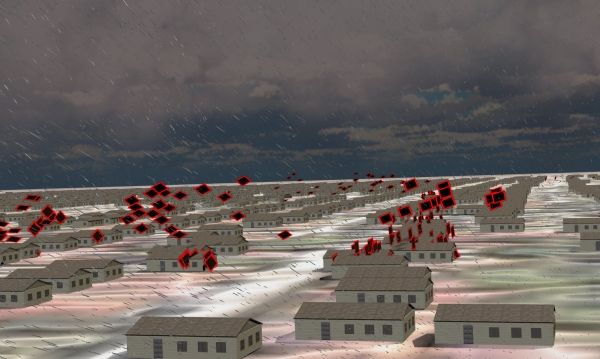Natural disasters are getting worse. According to data from the National Oceanic and Atmospheric Administration the years 2016, 2017 and 2018 have been historic: in each of those years, the average number of disasters costing at least $1 billion was more than double the long-term average. As the number and cost of disasters continue to increase, communities are looking for ways to adapt and become more resilient.
A resilient community, as defined by the National Academy of Sciences, should be able to prepare and plan for, recover from, and better adapt to actual or potential disasters. Resilience can be assessed in terms of the robustness of a community’s physical infrastructure, how its social response is organized, casualty rates and the success of its public policies. These systems are connected, with a disturbance in one propagating through many, affecting overall resilience.
Researchers in the field of disaster science study all of these systems—however, it’s a massive field, and specialists are often compartmentalized. University of Michigan Civil and Environmental Engineering researchers, led by Professor Sherif ElTawil, developed the Interdependencies in Community Resilience (ICoR) project to break down the barriers, bring all of this data together, and enable researchers to see the full picture. This is a fundamental step toward building communities that are resilient to disasters.
Continue reading at University of Michigan
Image via University of Michigan


